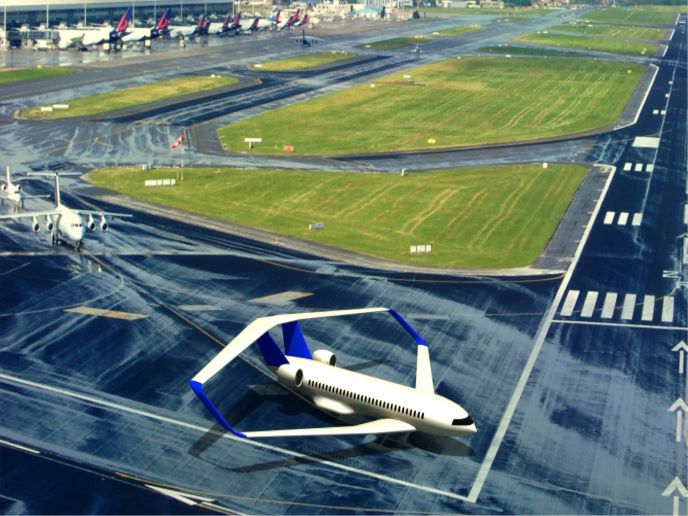Novel indicators boost flight path efficiency for airspace users
Horizontal flight efficiency, the current standard performance indicator, measures the horizontal excess en-route distance compared to the geodesic distance. This view of efficiency is very limited because it doesn’t take into account other sources of inefficiencies, namely meteorological conditions and the vertical profile of the flight. Furthermore, it doesn’t address key aspects of the business strategies of airspace users (AUs) such as fuel consumption and costs. The AURORA(opens in new window) project addressed gaps in current flight efficiency indicators to evaluate the European ATM system’s performance. “It explored new efficiency indicators that take into account fuel consumption, schedule adherence, route charges and overall cost efficiency of flights,” says coordinator Pablo Sánchez-Escalonilla. The project was funded within the framework of the SESAR Joint Undertaking, a public-private partnership set up to modernise Europe’s ATM system. Work began by assessing the existing performance indicators for measuring flight efficiency. Based on this, a gap analysis was carried out. AURORA was then able to propose new metrics to assess the ATM system’s operational efficiency and measure how equitably its inefficiencies are spread out between the different AUs. New indicators better determine inefficiencies AURORA demonstrated that flight inefficiency with regard to costs isn’t necessarily aligned with inefficiency in terms of horizontal differences. Experiments showed that the developed indicators can better capture the different sources of flight inefficiencies than the horizontal flight efficiency indicator. When quantifying the efficiency of a flight, the project team identified vertical and speed profiles and the impact of weather conditions as relevant factors to be taken into consideration. Findings revealed that half of the current inefficiencies in terms of costs are a result of constraints in route design. The project also proposed additional indicators to measure how fairly the inefficiencies in the system are distributed among the AUs. These indicators can quantify the differences in the inefficiencies experienced by the AUs in a given area. Sánchez-Escalonilla notes the key difference between these new efficiency indicators and the established horizontal flight efficiency indicator: “Their calculation requires the generation of user-preferred trajectories like fuel and cost-optimal trajectories that consider the effect of weather conditions, and AURORA calculated them without requiring confidential information from AUs.” Real-time monitoring of efficiency indicators Lastly, AURORA developed a methodology that uses Big Data methods to calculate the new efficiency indicators in real time. This helps to demonstrate the benefits for resolving short-term traffic imbalances. “Currently, flight efficiency indicators can only be calculated after the completion of a flight,” explains Sánchez-Escalonilla. “By using a data streaming technology and live flight data, the new indicators can be calculated online in near-real time, meeting AU performance expectations with respect to latency and throughput.” In this new framework, the ATM decision-making processes will be supported by live indicators of actual operational performance and realistic achievable targets where the AUs could play an active role. The team validated all the advanced user-centric efficiency metrics at European and local levels. This was done by comparing them to the horizontal flight efficiency indicator. “By introducing new metrics, a more complete vision of airspace efficiency begins to form that better balances the needs of AUs and air navigation service providers,” concludes Sánchez-Escalonilla. “Airline business models and passengers also stand to benefit, as well as the Single European Sky ATM Research initiative.”







